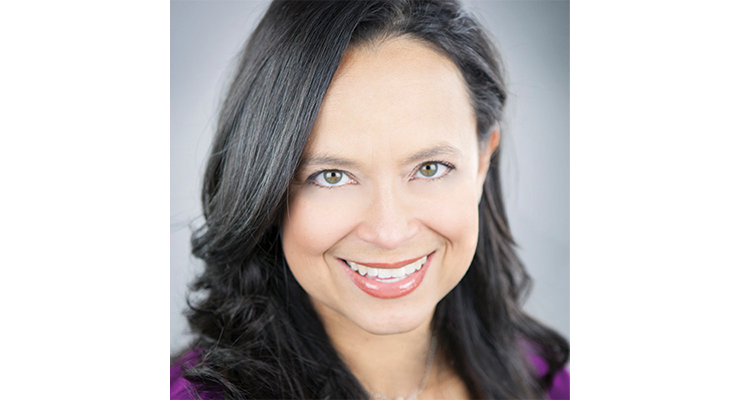Larissa Jensen, Vice President, Beauty Industry Advisor, The NPD Group02.03.21
In what might be the understatement of the year, this new decade is off to a rough start. And yet, despite a worldwide pandemic, social unrest, and a crushed economy, the consumer continued to spend.
Total retail as tracked by NPD, inclusive of 15 different industries, posted a growth of 1% in 2020. But that growth was driven by a stay-at-home economy that fueled strong results from industries such as tech—which was originally about outfitting our homes for work, but morphed into enhancing entertainment set-ups—and home products, where small kitchen appliances and cooking accessories have been extremely strong.
Other drivers of growth included video games and toys, to keep the kids busy, and sports equipment such as home fitness sets and bicycles as consumers set up home gyms and found socially distant ways to stay fit. Meanwhile, industries like prestige beauty, apparel, footwear, and fashion accessories struggled.
These are the discretionary categories that have seen greatly reduced demand and while they have seen improvement over time, they remain challenged as consumers aren’t going to the office, out to eat, or to events.
What does all this mean for our future as it relates to beauty?
The stark reality is that the prestige beauty industry declines in 2020 set us back five years. While we may all want to leave this messy year behind us, there are many lessons we can take with us as we head into 2021, and what can still be another roaring 20’s.
The future is a big unknown, but several key industry and category markers emerged in 2020 that will have an impact on the coming year and beyond.
E-commerce Had Its Best Year —What's Next?
The online channel had its best year yet, with share of sales exploding across every beauty category. This past year has effectively accelerated the importance of this channel in a dramatic way, but as brick-and-mortar stores opened, we saw the impact on e-commerce growth across every category as online performance slowed down overall.How much of our industry dollars will remain in e-commerce and how much will return to physical stores?
One thing is almost certain: Online sales will become more important in beauty going forward.
Upcoming changes in the retail environment have rattled our industry (which is, broadly speaking, risk averse), given the recent partnership announcements between Ulta and Target, and Sephora and Kohl’s.
While the benefits to all retailers in question are clear, and the consumer is the ultimate winner, the question that remains is, how will these partnerships evolve the retail landscape and the way consumers shop for beauty?
Sweeping changes are in store for our industry’s future, and opportunities abound as we enter the new year.
The increase in promotions has overwhelmed the prestige beauty market, with nearly every week in 2020 holding some sort of retailer promotion. Good or bad, consumers have been reacting all year to the value proposition of promotional activity.
What does this mean for the year ahead?
We have reached a point of no return here in the U.S. and should look to Europe to understand what insights we can learn from a market known for high promotional activity.
What We Can Expect for Fragrance, Makeup & More
From a category perspective, fragrance has turned out to be the unsung hero, experiencing an astounding recovery in the back half of this past year. How will this dynamic play out in 2021? If demand continues at the pace it’s been since August, signs are good for a better year ahead.Signs are not so good right now for the makeup category in the short term, but the long-term possibilities are more positive. There are several indicators we are watching that would impact makeup performance, including the recovery of key cities.
But a big one is the return to experience spending. When we return to this (and we will, eventually), it should be a boon to the makeup category as consumers venture out again.
However, if we stay home well into next year, products tied to self-care should continue to be a bright spot in beauty. Some of the strongest performing categories as we closed the year were the tried-and-true of lockdown—hand soaps, home scents, facial devices, and hair care as examples. Both skin care and hair care stand to benefit from this the most as we head into 2021.
Of course, nothing could have prepared us for the enormous changes of 2020. There are certainly more changes in store as we head into 2021.
And yet, we must remember our consumer is our constant. The great news is that they intend to come back to us. Across every beauty category in decline right now, consumers are telling us that they will resume normal usage when routines go back to normal.
Until that happens, how can beauty become an escape, a safe space, and a return to normalcy in itself?
Let’s not wait for normal to arrive. Let’s encourage our consumer to create it.
About the author:
Larissa Jensen is Vice President, Beauty Industry Advisor, The NPD Group—and a member of Beauty Packaging’s Board of Advisors






























